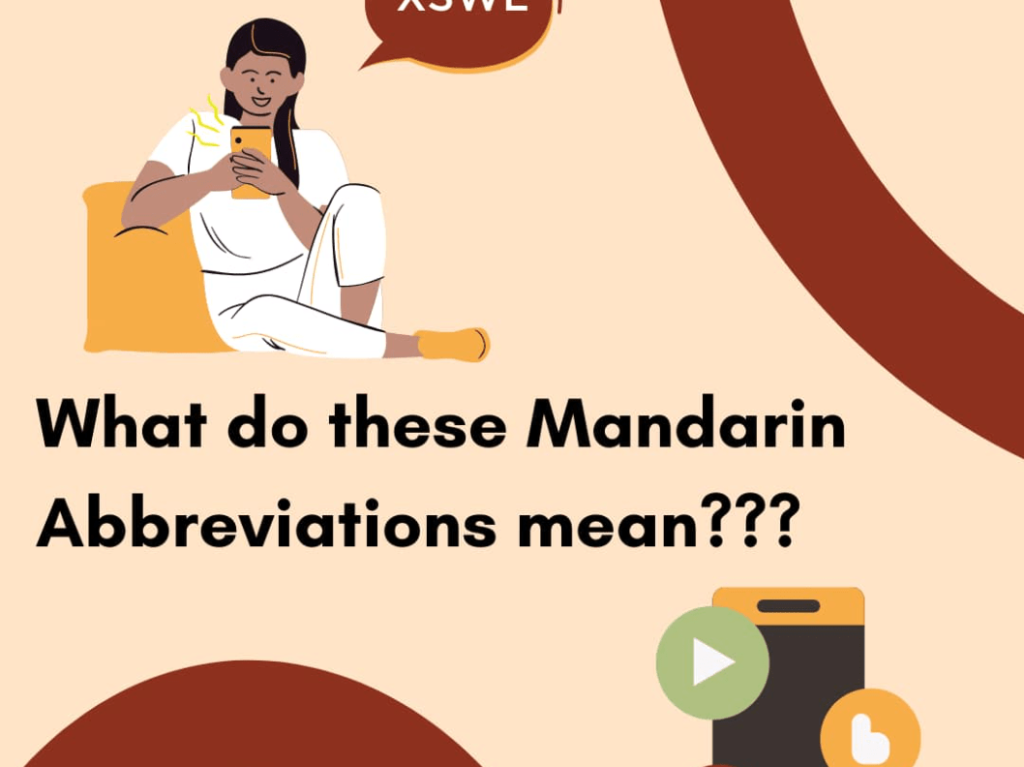Chinese is a tonal languagMandarin tones are the four distinct pitch patterns used to pronounce syllables in the Mandarin Chinese language. These tonal variations significantly impact the meaning of words, making them a crucial aspect of Mandarin pronunciation. Understanding and using Mandarin tones correctly is essential for sounding natural and fluent. Mispronouncing tones can make it difficult for native speakers to understand you. This blog will unlock the secrets of Mandarin tones and help you speak Mandarin like a native speaker.
4 Mandarin Tones (声调)
There are four distinct tones in Mandarin Chinese, each with its own unique pitch pattern. These tones are essential for understanding and communicating effectively in the language.
First Tone (- 声)
- Pronunciation: A level, high tone throughout the syllable. The pitch remains relatively constant from the beginning to the end.
- Pinyin Representation: A horizontal line (ˉ) above the vowel.
- Example:
- mā (妈): Mother
- shān (山): Mountain
- tā (他): He
Second Tone (二声)
- Pronunciation: A rising tone, starting low and ending high. The pitch rises gradually throughout the syllable.
- Pinyin Representation: An acute accent (ˊ) above the vowel.
- Example:
- má (麻): Hemp
- lán (蓝): Blue
- qíng (情): Affection
Third Tone (三声)
- Pronunciation: A falling tone, starting high and ending low. The pitch falls gradually throughout the syllable.
- Pinyin Representation: A grave accent (ˇ) above the vowel.
- Example:
- mǎ (马): Horse
- ǎi (矮): Short
- dǎ(打): Hit
Fourth Tone (四声)
- Pronunciation: A short tone with a high pitch followed by a glottal stop. The glottal stop is a brief closure of the vocal cords, similar to the sound at the end of the English word “uh-oh.”
- Pinyin Representation: A dot above the vowel (`).
- Example:
- mà (骂): To scold.
- ài (爱): Love
- bù(不): No
Why are Mandarin Tones Important ?
Mandarin tones play a pivotal role in spoken Chinese, influencing both word meaning and the conveyance of emotions. Their mastery is essential for effective communication and a natural-sounding accent.
- Precision in Word Choice: Tones are the primary means of distinguishing between words that sound similar but have different meanings.
- Avoiding Misunderstandings: A single syllable can have multiple meanings depending on its tone. For example, the word “mā” can mean “mother” (first tone), “hemp” (second tone), “scold” (fourth tone), or “horse” (third tone).
- Clarity in Communication: Correct tone usage ensures that your intended meaning is accurately understood by listeners.
Frequently asked questions
- How do I learn Mandarin tones? There are a few different ways to learn Mandarin tones. You can take a Mandarin class, you can use online resources, or you can practice with a native Mandarin speaker. At Ni Hao Ma, you will practice Mandarin 4 tones with our certified native teachers, thus building a strong foundation in Mandarin basic knowledge.
- Are Mandarin tones difficult to learn? Mandarin tones can be difficult to learn for non-native speakers, but with practice, they can become easier.
- How can I improve my Mandarin tones? The best way to improve your Mandarin tones is to practice speaking Mandarin regularly. You can also try to listen to native Mandarin speakers and imitate their pronunciation.
Conclusion
Mandarin tones are a cornerstone of the language, significantly impacting word meaning and emotional expression. Mastering them is essential for effective communication and a natural-sounding accent.
By understanding and practicing the four tones (first, second, third, and fourth), you can avoid misunderstandings, express emotions effectively, and sound more natural.
While learning Mandarin tones may present challenges, the rewards are substantial. With consistent practice and exposure to spoken Mandarin, you can confidently navigate the tonal landscape and communicate effectively in this beautiful and complex language. At Ni Hao Ma, you will practice Mandarin 4 tones with our certified native teachers, thus building a strong foundation in Mandarin basic knowledge.



